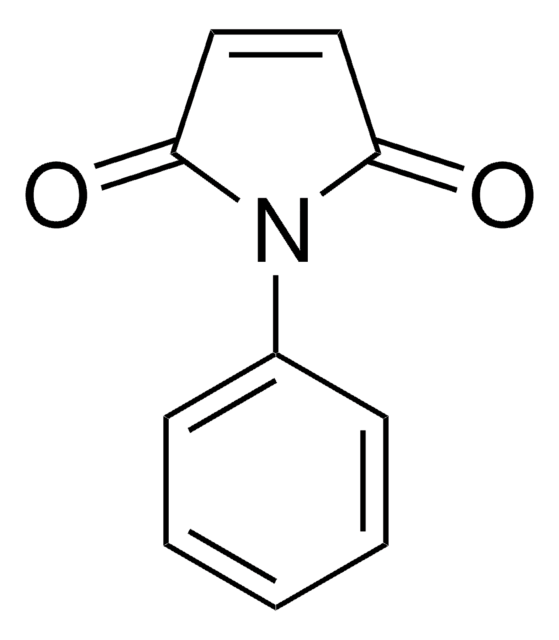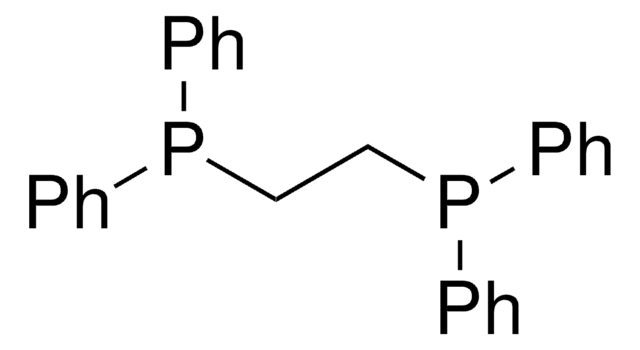654507
Nickel(II) chloride hexahydrate
99.9% trace metals basis
Synonym(s):
Nickel chloride hexahydrate 2, Nickel dichloride hexahydrate
About This Item
Recommended Products
Quality Level
Assay
99.9% trace metals basis
form
solid
impurities
≤1500.0 ppm Trace Metal Analysis
SMILES string
[H]O[H].[H]O[H].[H]O[H].[H]O[H].[H]O[H].[H]O[H].Cl[Ni]Cl
InChI
1S/2ClH.Ni.6H2O/h2*1H;;6*1H2/q;;+2;;;;;;/p-2
InChI key
LAIZPRYFQUWUBN-UHFFFAOYSA-L
Looking for similar products? Visit Product Comparison Guide
General description
Application
- A precursor for nickel oxide (NiO) films, which are used as hole transport layers in dye-sensitized solar cells (DSSCs).
- An additive to the electron transport layer (ETL) in perovskite solar cells to improve their performance, particularly the open-circuit voltage.
- An effective dopant for synthesizing conductive polymer composites for potential applications in flexible electronics, and sensors.
- A precursor in the synthesis of nickel nanothorn particles via hydrothermal method.
Signal Word
Danger
Hazard Statements
Precautionary Statements
Hazard Classifications
Acute Tox. 3 Inhalation - Acute Tox. 3 Oral - Aquatic Acute 1 - Aquatic Chronic 1 - Carc. 1A Inhalation - Muta. 2 - Repr. 1B - Resp. Sens. 1 - Skin Irrit. 2 - Skin Sens. 1 - STOT RE 1 Inhalation
Target Organs
Lungs
Storage Class Code
6.1C - Combustible acute toxic Cat.3 / toxic compounds or compounds which causing chronic effects
WGK
WGK 3
Flash Point(F)
Not applicable
Flash Point(C)
Not applicable
Personal Protective Equipment
Choose from one of the most recent versions:
Already Own This Product?
Find documentation for the products that you have recently purchased in the Document Library.
Customers Also Viewed
Articles
Advances in materials have often been led by the development of new synthetic methods that provide control over size, morphology and structure.
Advances in materials have often been led by the development of new synthetic methods that provide control over size, morphology and structure. The preparation of materials in a scalable and continuous manner is critical when development moves beyond lab-scale quantities.
Plasmonic nanoparticles have unique optical properties that can be tailored to suit a variety of applications in the biotechnology1–8 and electronics9–16 industries.
Our team of scientists has experience in all areas of research including Life Science, Material Science, Chemical Synthesis, Chromatography, Analytical and many others.
Contact Technical Service












